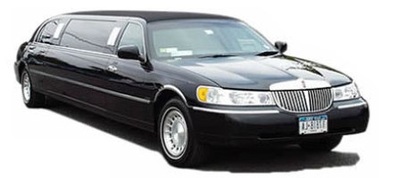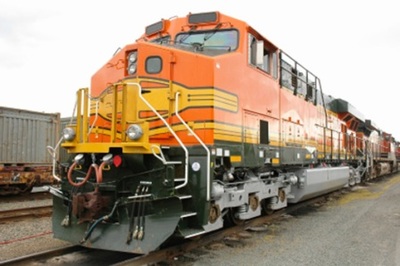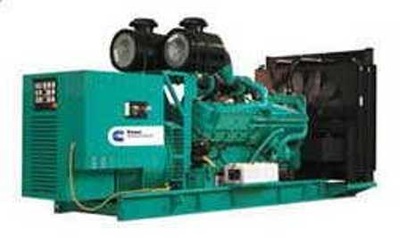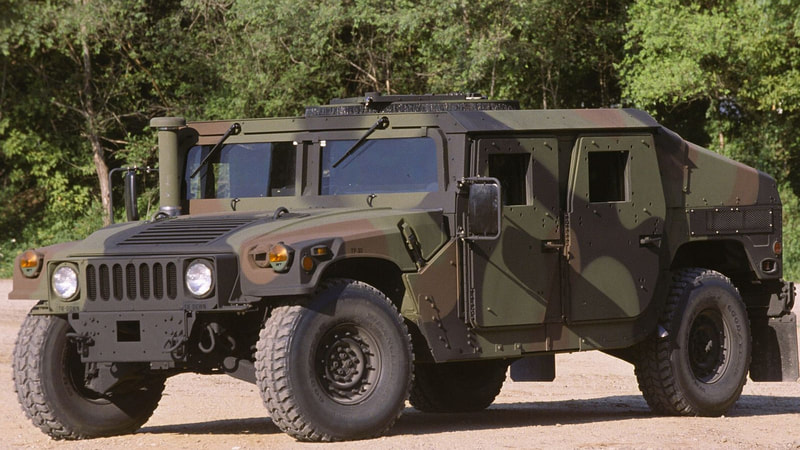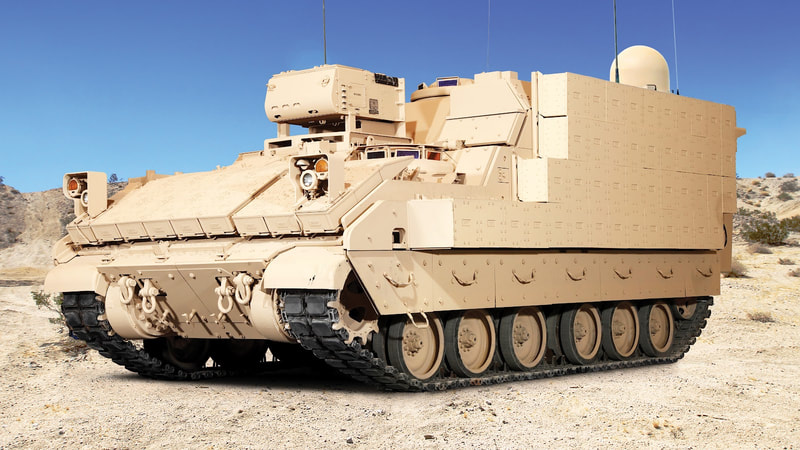COMING SOON!
The PROBLEM
With Internal Combustion Engines
Engine Emissions - Global Warming Concerns
Financial - High Fuel Prices
Fossil Fuel Demand/Limits - Will Continue to grow in spite of solar power & electric vehicles
Financial - High Fuel Prices
Fossil Fuel Demand/Limits - Will Continue to grow in spite of solar power & electric vehicles
The Solution
The molecular treatment of fuel/air clusters
in the combustion chamber
in the combustion chamber
A six -month Pilot Launch will soon be under way!
EyeOn Technology
The work on the results led our design team to a switch to textile coatings next that produced a 25%+ increase in anion output. Later we added small plastic chips embedded with the compound to the matrix that led again to another increase in MPG. Our continued tests of treating the filter material improved over time until now when we have our best manufacturing solution. This has made our production line save money on our end which adds to your bottom line!
During testing, we found that a more rigid matrix always increases anion output. Thus, harder materials allowed for less loss of vibrational energy to the environment and kept the energy where we needed it, in our compound. Think of a tuning fork held loosely versus rigidly. This also applies to weddings and making the wine glasses screech. One holds the bottom of the glass against the table, versus in the middle would wobble, losing Energy. One holds the base of a tuning fork firmly on table so it can vibrate more effectively for noise output.
At this point with continued testing and trials we still have continually produced a greater than a 30+% decrease in fuel consumption in engines of all types. There are no risks involved with the use of these products other than getting people to believe and then see that it truly works.
Finally, the processing plant we've been using upgraded their equipment and now can offer particle sizes more suitable for a higher anion output. We can't wait to see how much of an improvement is realized by all the latest developments!
During testing, we found that a more rigid matrix always increases anion output. Thus, harder materials allowed for less loss of vibrational energy to the environment and kept the energy where we needed it, in our compound. Think of a tuning fork held loosely versus rigidly. This also applies to weddings and making the wine glasses screech. One holds the bottom of the glass against the table, versus in the middle would wobble, losing Energy. One holds the base of a tuning fork firmly on table so it can vibrate more effectively for noise output.
At this point with continued testing and trials we still have continually produced a greater than a 30+% decrease in fuel consumption in engines of all types. There are no risks involved with the use of these products other than getting people to believe and then see that it truly works.
Finally, the processing plant we've been using upgraded their equipment and now can offer particle sizes more suitable for a higher anion output. We can't wait to see how much of an improvement is realized by all the latest developments!
Test Samples Through the Years
Tests were conducted by EyeOn technicians, third parties and Certified Auto Test Centers. During the early years the compound was adhered to an air filter via a molecular bonding agent. Our first dyno test was conducted on a 2010 Chevy Tahoe by Compliance and Research Services in Plainfield, NJ. This resulted in a small increase near 1 MPG but showed a 36% decrease in emissions.
Textile coatings were used next and showed a 25% performance increase. Many experiments were conducted on a 1993 Infiniti Q45 with over 100,000 miles. The best MPG we could obtain was 13 MPG on the highway even though the OEM Highway standard was 20MPG. The filter was treated with a textile coating only for the trip to Pittsburgh that yielde a 25% increase over the never attained OEM MPG and a 92% increase over the usual 13 MPG. For the return trip a few, small plastic inserts were added that yielded a greater MPG increase, 35% over OEM a 107% increase in the previous best results.
MPG
Pre-Treat EyeOn EyeOn
OEM Actual Textile % Increase Txt Ctng % Increase
MPG MPG Coating OEM Actual & strips OEM Actual
City – 15 9 17 13% 89%
Highway – 20 13 *25 25% 92% **27 35% 107%
Combined - 17 11 21 23% 90%
*300+ mile trip to Pittsburgh resulted in 25 mpg
**Modifications made in PGH adding EyeOn plastic pieces, return trip resulted in 27 mpg
OEM EXPECTED MPG RESULTS for a 2011 Hyundai
OEM EyeOn Inserts
City – 22
Combined – 26 44.2 a 71.15% increase
Highway – 35 44.2 a 27.14% increase
Average combined MPG after nine test runs = 44.2
These test results should be considered for COMBINED MPG but there is even a significant increase over the OEM Highway rating.
Third Party Tests - GAETA Recycling Company, Patterson, NJ
Type MPG Treatment Increase %
Increase
Truck #81 Detroit S60 3.81 5.22 37%
Truck #104 Mercedes 4000 3.80 5.63 48%
Truck #103 Mercedes 4000 3.90 5.5 41%
Truck#97 Detroit S60 3.90 5.26 35%.
*Tests conducted by a independent third party
OEM EFSERT %
MPG Results** Increase
2. Highway Results -2005 Mini Cooper S*
City – 24 30 25.0%
Combined – 21 37 76.2%
Highway – 29 52-53 79.3%
2011 Hyundai*
City – 22
Combined – 26 45.1 125%
Highway – > 35 52.2 49%
2013 Ford Fusion*
City – 25 43.4 73.6%
Textile coatings were used next and showed a 25% performance increase. Many experiments were conducted on a 1993 Infiniti Q45 with over 100,000 miles. The best MPG we could obtain was 13 MPG on the highway even though the OEM Highway standard was 20MPG. The filter was treated with a textile coating only for the trip to Pittsburgh that yielde a 25% increase over the never attained OEM MPG and a 92% increase over the usual 13 MPG. For the return trip a few, small plastic inserts were added that yielded a greater MPG increase, 35% over OEM a 107% increase in the previous best results.
MPG
Pre-Treat EyeOn EyeOn
OEM Actual Textile % Increase Txt Ctng % Increase
MPG MPG Coating OEM Actual & strips OEM Actual
City – 15 9 17 13% 89%
Highway – 20 13 *25 25% 92% **27 35% 107%
Combined - 17 11 21 23% 90%
*300+ mile trip to Pittsburgh resulted in 25 mpg
**Modifications made in PGH adding EyeOn plastic pieces, return trip resulted in 27 mpg
OEM EXPECTED MPG RESULTS for a 2011 Hyundai
OEM EyeOn Inserts
City – 22
Combined – 26 44.2 a 71.15% increase
Highway – 35 44.2 a 27.14% increase
Average combined MPG after nine test runs = 44.2
These test results should be considered for COMBINED MPG but there is even a significant increase over the OEM Highway rating.
Third Party Tests - GAETA Recycling Company, Patterson, NJ
Type MPG Treatment Increase %
Increase
Truck #81 Detroit S60 3.81 5.22 37%
Truck #104 Mercedes 4000 3.80 5.63 48%
Truck #103 Mercedes 4000 3.90 5.5 41%
Truck#97 Detroit S60 3.90 5.26 35%.
*Tests conducted by a independent third party
OEM EFSERT %
MPG Results** Increase
2. Highway Results -2005 Mini Cooper S*
City – 24 30 25.0%
Combined – 21 37 76.2%
Highway – 29 52-53 79.3%
2011 Hyundai*
City – 22
Combined – 26 45.1 125%
Highway – > 35 52.2 49%
2013 Ford Fusion*
City – 25 43.4 73.6%





